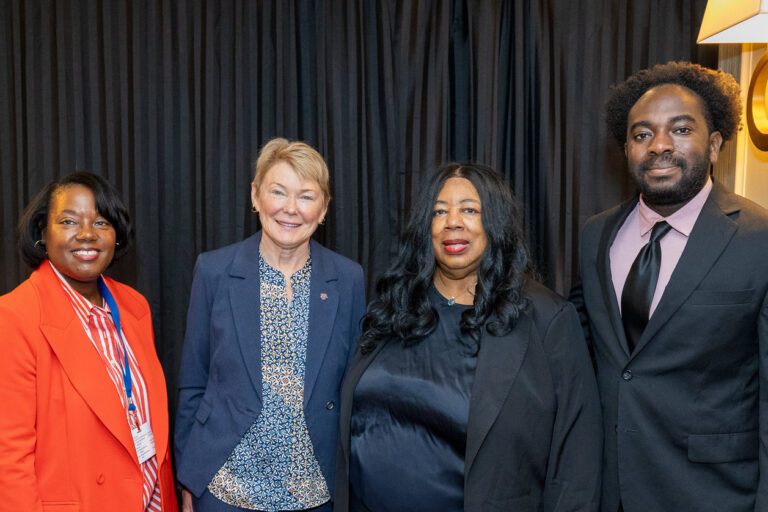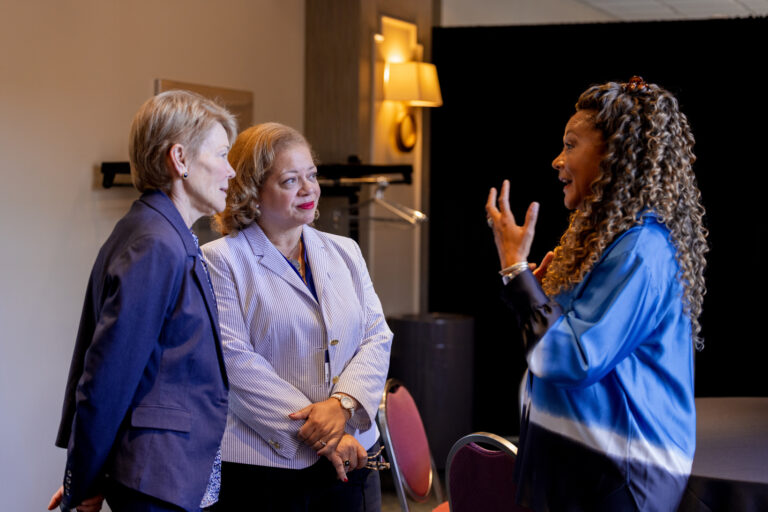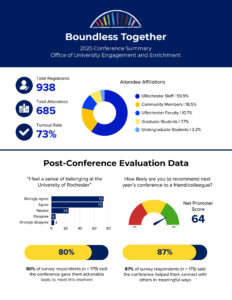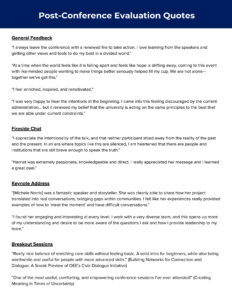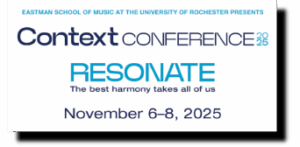
Traci Terrance, Ph.D., LCSW
- Assistant Professor, Psychiatry, Family Medicine, Clinical & TranslationalScience Institute (CTSI)
- Director of Restorative Practice Initiatives, Office of University Engagement & Enrichment
- Associate Director, Strong Behavioral Health at Highland Family Medicine
- University of Rochester Warner School of Education Ph.D. Alumni
Building Stronger Workplaces Through Restorative Practices
What if your workplace could resolve conflict, rebuild trust, and foster deeper connection—all through conversation?
Restorative practices offer a proactive, people-centered approach to workplace culture. Rooted in restorative justice, these methods prioritize empathy, accountability, and community-building over blame or punishment.
In today’s diverse and dynamic work environments, restorative practices help teams navigate challenges with compassion and clarity. They create space for honest dialogue, mutual understanding, and collaborative problem-solving.
What Are Restorative Practices?
At their core, restorative practices include tools like:
- Restorative circles for team-building and conflict resolution.
- Facilitated dialogue to surface concerns and perspectives.
- Reflective questioning that encourages accountability and repair.
Rather than asking “What rule was broken?” restorative approaches ask:
- Who was affected?
- What needs to be done to make things right?
- Important next step: Repair harm.
This shift in mindset fosters trust, emotional intelligence, and shared responsibility.
Why They Matter in the Workplace? Organizations that embrace restorative practices often see:
- Reduced conflict and improved morale.
- Stronger team cohesion and communication.
- Greater inclusion and support for marginalized voices.
- Lower turnover and higher employee engagement.
Leaders who model restorative approaches signal a commitment to fairness, transparency, and human-centered leadership.
“One of the ways that we often share about restorative practices is our philosophy around the 80/20 rule…if we invest 80% of our energy or efforts in relationship building, community building, when things break down or conflicts arise, it’s not as difficult to manage or to navigate because of the relationship we’ve built,” said Dr. Terrance.
The objective of Restorative Practices: A More Connected Culture Restorative practices help transform workplaces into communities—where people feel heard, respected, and empowered. By prioritizing dialogue and repair over discipline and division, companies can build cultures that are not only productive but deeply human.


